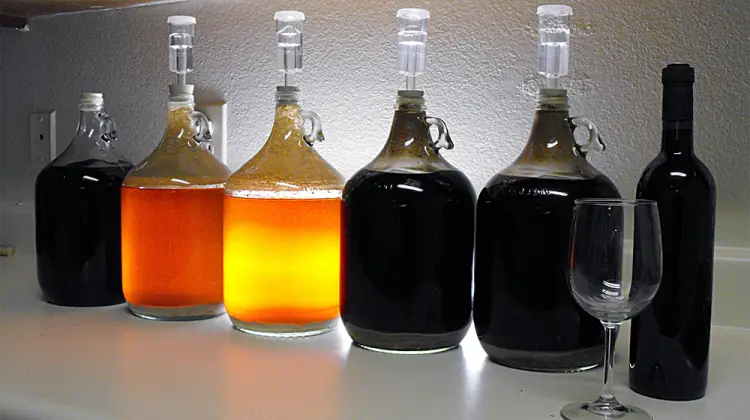Automated Brewing Systems vs Traditional Brewing
If you’re just getting into homebrewing, and looking at what type of system you’d like to get, there could be a bit of confusion with all of the available setups out there. On top of learning how to make beer in the first place, and whether you’d like to use extract or all grain, you also have to choose how you’re going to make the beer! Let’s look at some of the key difference between brewing an all grain batch on a traditional setup versus brewing on an automated system. The type of automated brewing system you choose will also determine how much work is required on brew day.
Brewer Involvement
The amount of “hands on” time required is a key differentiator when brewing with automated brewing systems. A typical all grain brew day lasts about 4-5 hours when you include prep and cleanup times into the mix. With both automated systems and traditional ones, there will be significant down time where the brewer can do other things while they wait.
Reaching Strike Temp and Mashing in
Traditional brewing setups require you to heat water to a certain temperature (called the strike temperature), which will be 5-10 degrees fahrenheit higher than your desired mash temperature. The brewer then has to monitor the temperature of the water manually, or with a thermometer equipped with a beeping alarm. Once the temperature is reached, the crushed grain is added to the water, which lowers the temperature back into your mashing range.
Some work should be done to maintain the mash temperature for 60 minutes. This is achieved by either adding insulation, or adding hot / cold water as needed. You can also utilize a more advanced system such as a Heat Exchange Recirculating Mash System (HERMS), or Re-circulating Infusion Mash System (RIMS). On a basic level, both of these systems re-circulate the water in your mash through a heat source to raise the heat when needed.
Automated brewing systems save you time and effort in this step by maintaining the mash temperature automatically with some form of HERMS or RIMS. Also if you are using a system like the Pico-Brew, your grain is added automatically once the strike temperature is reached.
Boiling and Hop Additions
Again, depending on your choice of automated brewing system, you’ll have more or less work during the boil. You should always watch for a boilover in any open-kettle system. Boil overs happen most often once the initial boil is reached, and proteins in the hot-break create a significant amount of foam. Each round of hop additions will also create a lot of nucleation points, which will also cause the boiling wort to reach closer to the top of the kettler for a minute or so.
With any system that requires user input for heat (via a PID, or propane / gas regulator), you should turn the heat down once a boil is reached. You need more energy to start a boil than to maintain a boil. Also as volume decreases with boil-off you will have less volume to keep boiling.
Some automated brewing systems feature pre-loaded hop additions, so your hops are added automatically based on the defined schedule. Traditional setups require manual timing of hop additions with an outside timer.
Cooling & Pitching Yeast
Once the boil has finished, it’s time to cool the wort to a temperature that is safe for yeast, and ideal for fermentation (typically under 90F and 70F respectively). Most automated systems include some form of cooling whether it be an automatic or manual process. Automated brewing systems usually allow you to use an outside cooling system if what’s included isn’t fast enough.
Unfortunately, there’s no automated yeast starter setup yet, so building up an acceptable cell count to ferment your beer is still up to you.
What You Get With Automated Brewing Systems
As you can guess, the largest differences in time between brewing on a traditional setup versus an automated one will come down to what system you get. There are a lot more now than there were just a few years ago. Typically, the higher the price, the less work will be involved for the brewer. Of course there are exceptions, which are usually tied to bigger batch size capability. The most hands-off systems are pricey and typically product just 1 gallon (5 Liters) at a time. So finding the right system for your desired batch size and brew day time commitment will be a big factor in your final decision.
If you have a question about automated brewing systems or homebrewing in general, let us know in the comments!


Leave a Reply